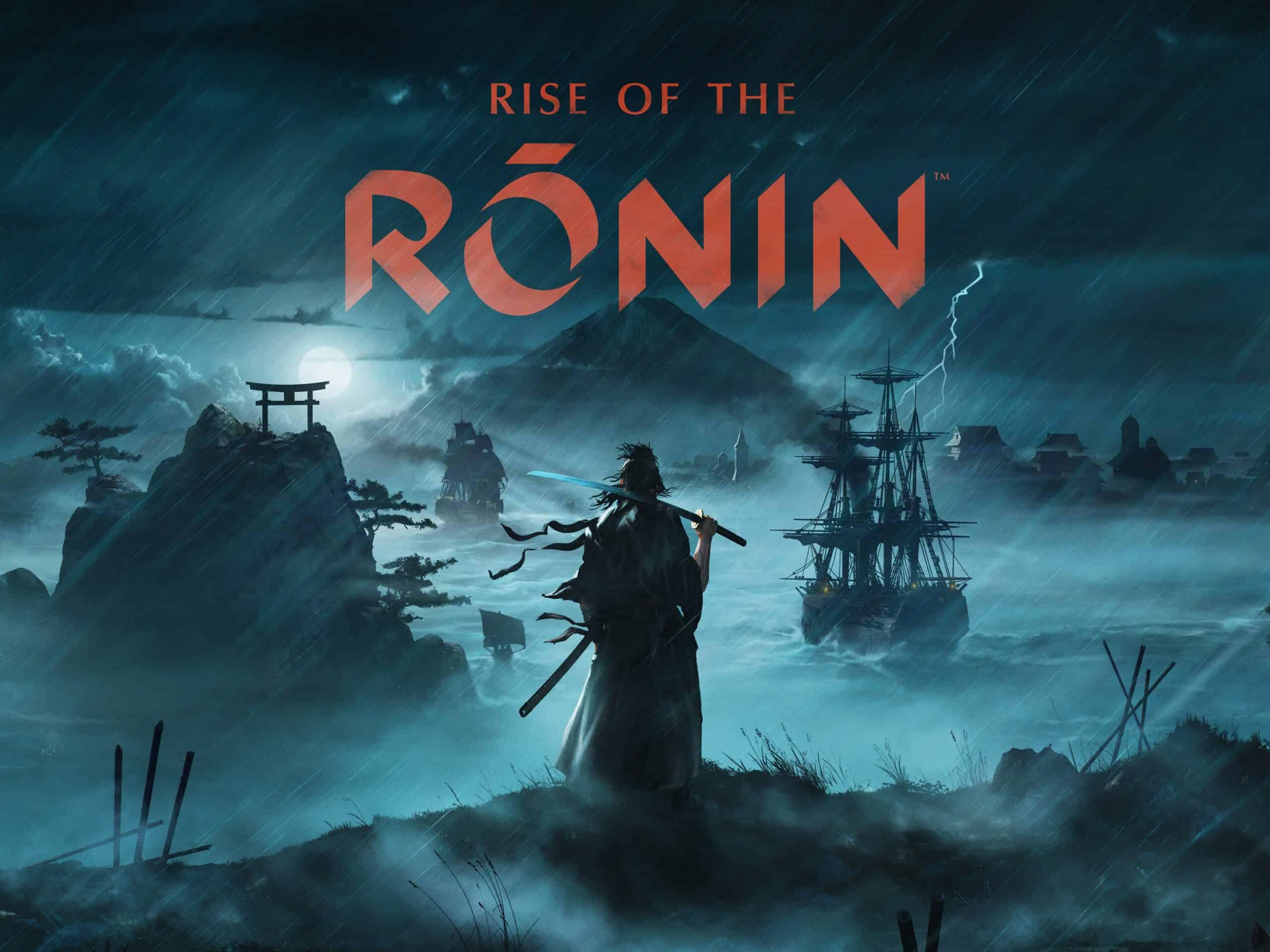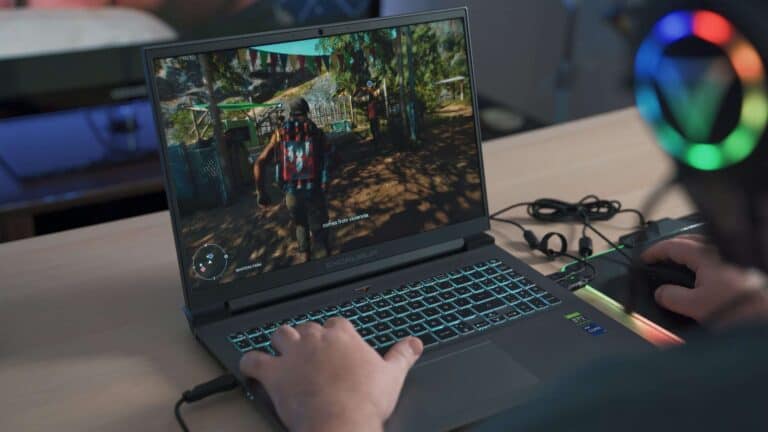In Rise of the Ronin, Genzui Kusaka is a complex figure torn between loyalty to the old ways and the allure of a rapidly changing Japan. As a skilled swordsman and staunch traditionalist, he leads the Shinsengumi with unwavering resolve, upholding the Tokugawa Shogunate’s values in the face of Western influence. Yet, beneath his unwavering exterior lies a conflicted soul, grappling with the shifting tides of history and the personal sacrifices demanded by his beliefs.
His journey intertwines with that of the protagonist, creating a compelling narrative of clashing ideologies and the struggle to define one’s place in a world on the brink of transformation.
Diving into the Ronin’s Tale
A Complex Antagonist
Genzui Kusaka is not your typical villain. He’s a man of principle, driven by a deep sense of loyalty to the Tokugawa Shogunate. His unwavering commitment to preserving tradition clashes with the winds of change sweeping across Japan. This internal conflict adds layers to his character, making him more than just a simple antagonist.
Master Swordsman and Leader
Kusaka is a formidable swordsman, leading a group of loyal samurai known as the Shinsengumi. His combat skills are legendary, and he commands respect from both his allies and enemies. Players will face him in intense duels that test their reflexes and strategic thinking.
The Path of Tradition
As a staunch traditionalist, Kusaka opposes the modernization and Western influence encroaching upon Japan. He views these changes as a threat to the country’s cultural identity and way of life. This unwavering belief fuels his actions and drives the conflict with the protagonist.
A Tragic Figure
Despite his antagonistic role, Kusaka’s motivations are not entirely without merit. He genuinely believes in his cause and is willing to sacrifice everything to protect what he holds dear. This tragic element adds depth to his character and makes him a compelling figure in the game’s narrative.
Table: Genzui Kusaka at a Glance
| Aspect | Description |
|---|---|
| Role | Main antagonist |
| Affiliation | Tokugawa Shogunate, Shinsengumi |
| Motivation | Preserve tradition, resist Western influence |
| Skills | Master swordsman, tactical leader |
| Personality | Principled, loyal, traditionalist |
Key Takeaways
- Genzui Kusaka is a challenging boss in “Rise of the Ronin.”
- Players face Kusaka during an essential mission with historical underpinnings.
- Success in combat with Kusaka requires leveraging both game mechanics and strategy.
Historical Context and Key Figures
The game Rise of the Ronin takes place in a time of great change and features important figures from Japan’s turbulent past. It intertwines with true historical events and characters, offering players an immersive journey through this pivotal era.
Japan’s Political Climate
During the mid-19th century, Japan was a nation in turmoil. An anti-shogunate sentiment was growing among those who believed that the ruling Tokugawa shogunate was failing. The Choshu Clan, an influential group, opposed the shogunate and played a pivotal role in the political scene. This clan, alongside others, contributed to the eventual downfall of the shogunate and the restoration of imperial rule.
The game captures this climate by introducing players to the dynamic landscape of political intrigue and the jin combat styles reflective of this era. It also requires players to navigate these political waters by making alliances and decisions impacting the narrative flow.
Influential Characters
Genzui Kusaka: A historical figure known for his swordsmanship and strategy. Educated under Shoin Yoshida, he’s portrayed as a key member of the Choshu Clan in the game. His relationship with Shinsaku Takasugi is highlighted, underscoring their camaraderie and shared vision for Japan.
Ryoma Sakamoto: Another central character connected with the anti-Shogunate movement. His goal to see Japan united and modernized is a driving force in the country’s politics at the time.
Shoin Yoshida: Kusaka’s mentor and an inspirational figure. He set the foundations for many of the era’s influential thinkers and was instrumental in shaping the ideology behind the movement to overthrow the shogunate.
Toshimichi Okubo: Although less is said about him in the search results, he was a key statesman during the Meiji Restoration. Okubo’s work furthered the efforts to transform Japan’s political and social structures.
The game positions these characters in a delicate dance of power. Understanding their motivations and the historical background can deepen the enjoyment and appreciation for the story woven throughout Rise of the Ronin.
Gameplay and Mechanics
Rise of the Ronin brings a dynamic gameplay experience where players navigate various missions with evolving combat systems. The mechanics of the game involve character development and discovery through exploration that impacts the unfolding story.
Mission Structure
Missions in Rise of the Ronin are structured to provide a blend of Main Missions and Ronin Missions, each contributing uniquely to the plot. Main Missions drive the narrative forward, offering key story points and significant challenges such as boss fights with characters like Genzui Kusaka. On the other hand, Ronin Missions, like “A Show for the Shogun,” allow players to explore side stories and build bonds with allies. Rewards from these missions grant players XP and other valuable items, enabling character growth and progression.
Combat and Character Development
Combat is at the core of Rise of the Ronin. Players engage in battles using various weapons, including katanas and the versatile Paired Swords. Successful combat strategies can involve countering enemy attacks, utilizing the unique Veiled Edge technique, or mastering the paired swords for devastating combos. As players gain XP from combat and completing missions like “The Fire Attack,” they can enhance their character’s strengths and abilities. Bond Missions, which are part of the social aspect of the game, further allow players to develop relationships with NPCs, which can unlock new combat prowess and allied support during critical battles.
Exploration and Discovery
Rise of the Ronin encourages players to explore the main region freely. “Free Roam” mode lets players interact with the environment, using the R2 button to uncover hidden treasures like the Wooden Katana, engage in dialogues, or climb to the top of a tower for a better view. Fast Travel points make it easier to navigate the vast map swiftly. The game’s exploration element is heightened by quests like “The Shogun’s Journey to Kyoto,” where discovering new locations can lead to uncovering secrets or triggering related missions. Players should keep an eye out for clues in the environment and notes from NPCs to aid in their journey.
Frequently Asked Questions
This section answers common questions about the game Rise of the Ronin, focusing on its development, gameplay, and features.
Who is the developer behind Rise of the Ronin?
The developer of Rise of the Ronin is Team Ninja, known for their work on action-packed titles like the Ninja Gaiden series.
What is the release date for Rise of the Ronin?
Rise of the Ronin is set to be released in 2024, with an exact date yet to be announced by the developer.
Can you describe the gameplay mechanics of Rise of the Ronin?
Rise of the Ronin involves combat where players can use various techniques such as countering attacks and employing a revolver for strategic advantages. The game emphasizes a blend of action and strategy during battles.
What platforms will Rise of the Ronin be available on?
The game will be available on platforms including, but not limited to, the PlayStation 5.
Does Rise of the Ronin feature a multiplayer mode?
Details about a multiplayer mode have not been clearly stated, but the game primarily focuses on a single-player experience.
What historical period does Rise of the Ronin cover in its setting?
Rise of the Ronin is set during the end of the Edo period in Japan, a time of tumultuous change as the country transitioned into the Meiji Restoration era.







